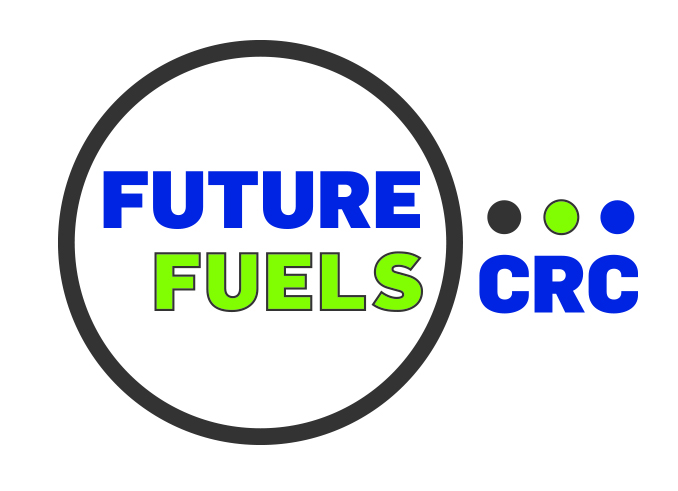
Welcome to the home of the AHRN, the Australian Hydrogen Research Network. The organisation was established in 2021 and incorporated as a non-profit public company in 2023. The AHRN is the community of researchers and interested stakeholders supporting the emerging hydrogen industry in Australia. We foster excellence in hydrogen-related research through an ongoing program of seminars and knowledge-sharing activities. By providing thought leadership, advocacy, and research tools, the AHRN offers its members domestic networking opportunities as well as access to international collaborations.
Upcoming Events
AHRN Seminar | Hydrogen Industry – Hype and Reality
May 7 @ 2:00 pm - 3:00 pmSpeakers Leanne Halliday LRQA Leanne is a chartered chemical engineer with 20 years’ experience in the energy sector and works on global accounts associated with hydrogen. Leanne has design, commiss...
AHRN Seminar | Hydrogen Production – AHRN Working Group Presentations
May 23 @ 12:00 pm - 1:00 pmSpeakers Dr Ema Frery CSIRO Dr Emanuelle Frery is a senior research scientist leading a research team in the Energy Resources Program. Her team focus on natural hydrogen systems and
Australian Hydrogen Research Conference on 4-6 September,2024
September 4 - September 6Early Bird Registration Now Open! Join the Australian Hydrogen Research community this September in Perth. The Conference will provide you with a dynamic program including high level plenary overviews...
International Research Fellowships
The International Hydrogen Research Fellowship Program supports research in areas of critical national importance, by providing the opportunity for early to mid-career researchers in Australia to partner with researchers overseas.
We have awarded 20 fellowships, and we hope to hold a third and final round for this program in May 2024. Please watch this space for further announcements. The fellowships will close when spaces are filled (potentially 35-40 fellows).
Find out how to express interest in a research fellowship. Family assistance is available to fellowship holders.
Grant Funding for IEA Hydrogen TCP
Funding is available for researchers to take part in IEA Hydrogen TCP tasks. Click here for further information.
Global Science and Technology Diplomacy Fund
Supported by the Australian Academy of Science (AAS) and the Australian Academy of Technology and Engineering (ATSE) on behalf of the federal government, the fund aims to support and strengthen Australia’s international science relationships and build Australia’s reputation as a trusted science research partner. One of the priority themes is Hydrogen Production. Click here for further information.
Curtin University Media Release
Hydrogen project wins multi-million-dollar grant to help shift to clean energy A Curtin University project which could significantly help the global shift to clean energy and see Perth become a […]
ARENA Media Release
On behalf of the Australian Government, the Australian Renewable Energy Agency (ARENA) todayannounced it has awarded $59.1 million in funding across 21 research projects to support research anddevelopment (R&D) and […]
Australia’s critical hydrogen research questions
This report was produced based on panel discussions and attendee feedback from the AHRC 2023.

Location
Tomasi Street, Augustine Heights, QLD 4300
ahrn@ahrn.org.au






